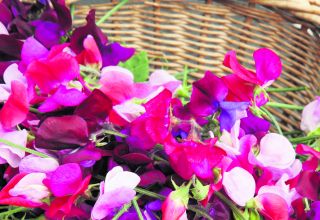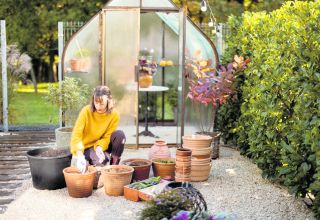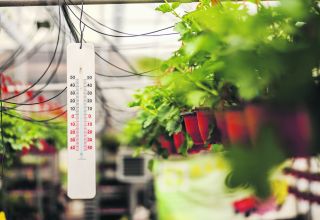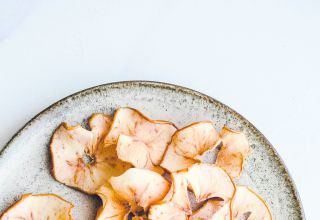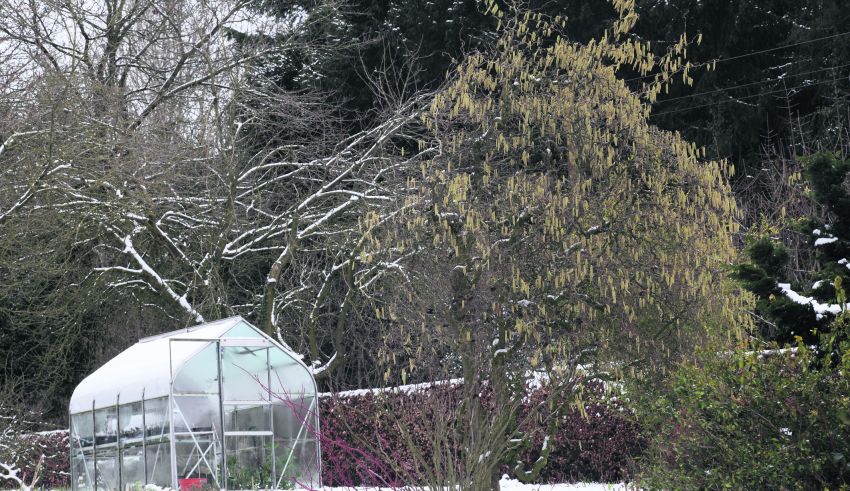
Many gardeners are reluctant to incur the cost of keeping their winter greenhouse at a temperature which will continue to provide warmth to extend the growing season – yet there are ways to insulate the greenhouse better.
Ideally a greenhouse-or the soil in a greenhouse, should be a minimum of 37°F to support a garden.
While it’s more difficult to reach this temperature during the coldest months of the year, it’s not impossible so insulating your greenhouse and installing a heater are not the only heating methods available to you if you want to extend the growing season through the darker and bleaker months.
The high cost of fuel and the desire to garden sustainably are concentrating the attention of more gardeners to operate greenhouses with the minimum energy usage.
HOW TO INSULATE A GREENHOUSE
The main loss of heat from greenhouses is from draughts and through the structure. The following tips should help improve the efficiency of the heating you choose and save money in the process.
- Seal cracks, replace broken panes and ensure vents and doors fit snugly.
- Add a layer of bubble polythene to insulate the greenhouse. Unfortunately, every layer of plastic cuts out a significant amount of light (about ten percent). This will impact on growth. This also applies to double-glazing, which reduces light transmission.
- Transparent mastic can seal quickly and easily, but use a flexible material otherwise panes can break when the structure flexes in the wind.
- Additional internal protection from frost is possible by draping transparent fleece and other floating films, known collectively as crop covers, laid over or around plants hastening their growth, and protecting against weather and pests. They are usually used without supporting hoops.
- Use fleece over plants in cold snaps. However, covering the whole greenhouse at night with roll-down blinds or by using thermal screens suspended above head height is much more effective (but there is the drawback that they must be deployed each evening and rolled back in the morning).
- Choosing the right temperature can help save fuel. A minimum of 3°C (37°F) is sufficient to sustain many tender plants but it is a bit risky if they get damp, and most greenhouses have cold corners.
- The lowest practical temperature is 7°C (45°F), and 10°C (50°F) will give greater peace of mind. However, alert gardeners can use fleece and other means to protect plants at these fuel-saving temperatures.

A night minimum of 4°C or 5°C is a safe temperature to maintain if you want to be safely buffered against severe snap frosts. If you want to run your heating on a tight budget, have horticultural fleece available to spread over vulnerable plants during excessively cold spells.
USING SOIL-WARMING CABLES
There are other options of course to heat the greenhouse in winter – electricity, a paraffin heaters but this can get expensive. One of the most economical heating systems is simply to warm soil, either in a bed, or propagation bench. Soil-warming cable provides heat where it is most needed, at the roots, so even if top-growth is cold-damaged, the roots will survive. Cable is safe and easy to install and, with a thermostat, lets you control soil temperature more accurately. Its performance depends on the cable type, prevailing temperatures and how the system is installed, e.g. a six metre cable consumes 75 watts and correctly installed will sustain temperatures between 15°C and 25°C per square metre of covered bench.

